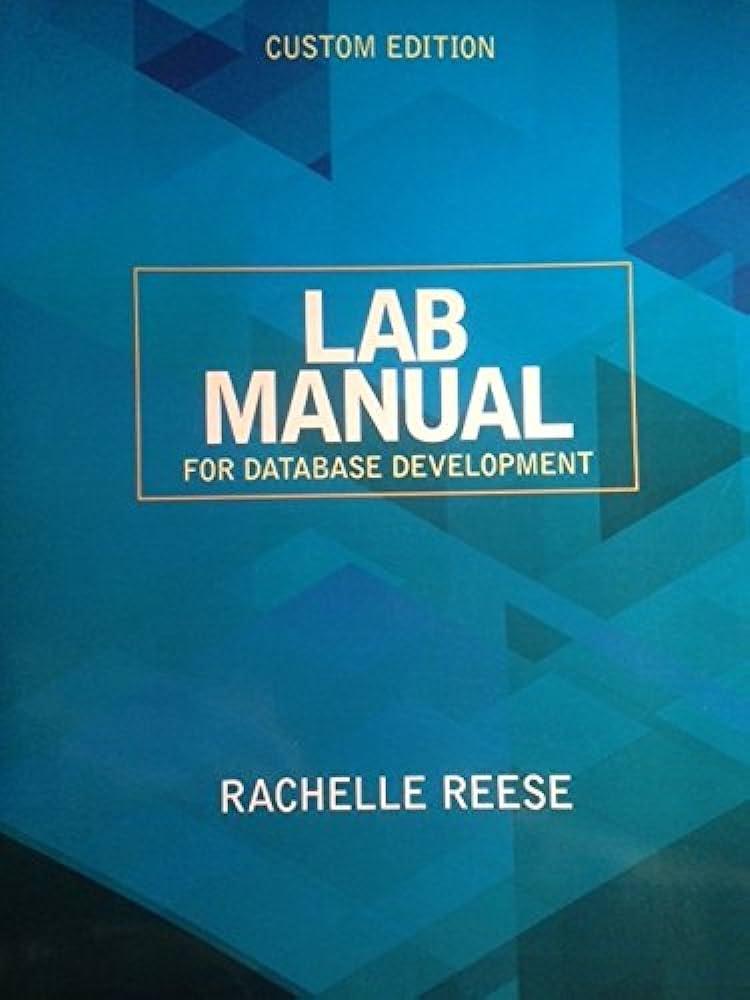Question
Homework Topic 7 Bank Accounts: You have been hired as a programmer by a major bank. Your first project is a small banking transaction system.
Homework Topic 7 Bank Accounts: You have been hired as a programmer by a major bank. Your first project is a small banking transaction system. Each account consists of a number and a balance. The user of the program (the teller) can create a new account, as well as perform deposits, withdrawals, and balance inquiries. Initially, the account information of existing customers is to be read into a pair of parallel arrays- one for account numbers, the other for balances. The bank can handle up to MAX_NUM accounts. Use the following method to read in the data values: public static int readAccts(int[] acctNum, double[] balance, int maxAccts) This method fills up the account number and balance arrays (up to maxAccts) and returns the actual number of accounts read in (later referred to as numAccts). After initialization, the main program prints the initial database of accounts and balances. Use method printAccts() described below. The program then allows the user to select from the following menu of transactions: Select one of the following: W - Withdrawal D - Deposit N - New account B - Balance Q Quit X Delete Account Extra Credit Use the following method to produce the menu: public static void menu() This method only displays the menu. The main program then prompts the user for a selection. You should verify that the user has typed in a valid selection (otherwise print out an error message and repeat the prompt). Once the user has entered a selection, one of the following methods should be called to perform the specific transaction. At the end, before the user quits, the program prints the final contents of the account and balance arrays. public static int findAcct(int[] acctNum, int numAccts, int account); This method returns the index of account in the acctNum array if the account exists, and -1 if it doesn't. It is called by all the remaining methods. public static void withdrawal(int[] acctNum, double[] balance, int numAccts); This method prompts the user for the account number. If the account does not exist, it prints an error message. Otherwise, it asks the user for the amount of the withdrawal. If the account does not contain sufficient funds, it prints an error message and does not perform the transaction. pubic static void deposit(int[] acctNum, double[] balance, int num_accts); This method prompts the user for the account number. If the account does not exist, it prints an error message. Otherwise, it asks the user for the amount of the deposit. public static int newAcct(int[] acctNum, double[] balance, int numAccts); This method prompts the user for a new account number. If the account already exists, it prints an error message. Otherwise, it adds the account to the acctNum array with an initial balance of 0. It returns the new number of accounts. public static void balance(int[] acctNum, double[] balance, int numAccts); This method prompts the user for an account number. If the account does not exist, it prints an error message. Otherwise, it prints the account balance. public static void printAccts(int[] acctNum, double[] balance, int numAccts); This method prints all customer information--account number and balance. EXTRA CREDIT 1: public static int deleteAcct(int[] acctNum, double[] balance, int numAccts); This method prompts the user for an account number. If the account does not exist, it prints an error message. Otherwise, it deletes the account. It returns the new number of accounts. or EXTRA CREDIT 2: public static int deleteAcct(int[] acctNum, double[] balance, int numAccts); This method prompts the user for an account number. If the account does not exist, or if the account exists but has a non-zero balance, it prints an error message. Otherwise, it deletes the account. It returns the new number of accounts. Notes: 1. All output must be file directed (you must add additional parameters to the methods as needed) 2. Only output must go to the file - not interactive prompts or menus (which go to the monitor). 3. No global variables are allowed 4. The program and all methods must be properly commented. 5. The program must be properly tested. a. The initial database should consist of at least 7 accounts b. The initial database should be printed to the file c. Test at least 2 invalid menu selections d. Test at least 2 balance inquiries: i. valid account ii. invalid account e. Test at least 3 deposits: i. valid account - valid deposit amount ii. valid account - invalid deposit amount iii. invalid account f. Test at least 4 withdrawals: i. valid account - valid withdrawal amount ii. valid account - invalid withdrawal amount iii. valid account - insufficient funds iv. invalid account g. Create at least 3 new accounts with an initial balance of 0.0 h, Test the creation of at least 1 invalid new account i. Test several transactions on the new accounts (deposits, withdrawals, etc.) j. Extra Credit: Delete at least two accounts (both must be old accounts that had no transactions) State whether you are doing Extra Credit 1 or Extra Credit 2. Extra Credit 1 is worth +1; Extra Credit 2 1s worth +2 k. quit and print the final database
Sample Output: Transaction Type: Deposit Account Number: 9876 Amount to Deposit: $123.45 Old Balance: $300.50 New Balance: $423.95
Step by Step Solution
There are 3 Steps involved in it
Step: 1

Get Instant Access to Expert-Tailored Solutions
See step-by-step solutions with expert insights and AI powered tools for academic success
Step: 2

Step: 3

Ace Your Homework with AI
Get the answers you need in no time with our AI-driven, step-by-step assistance
Get Started


